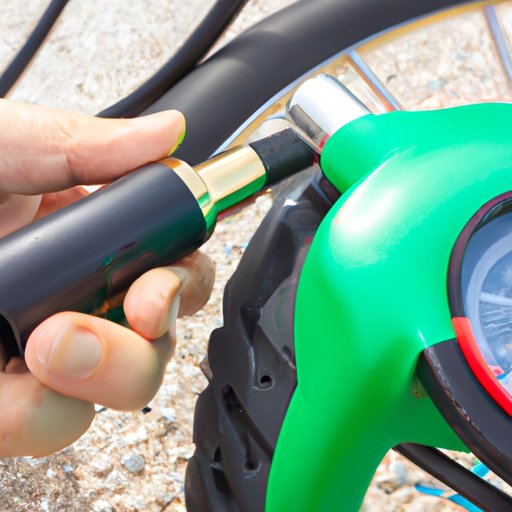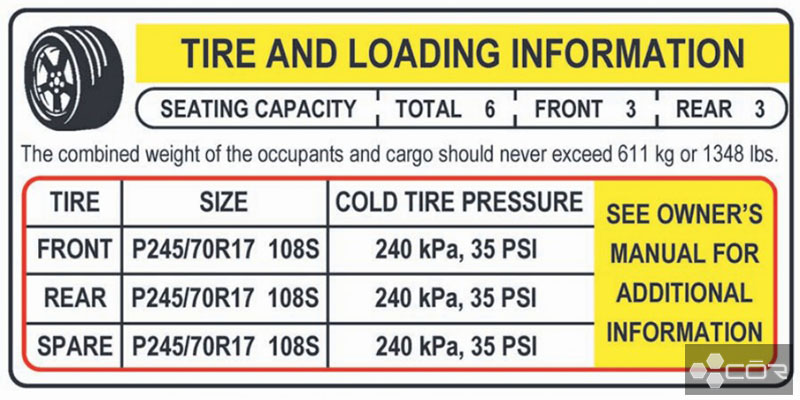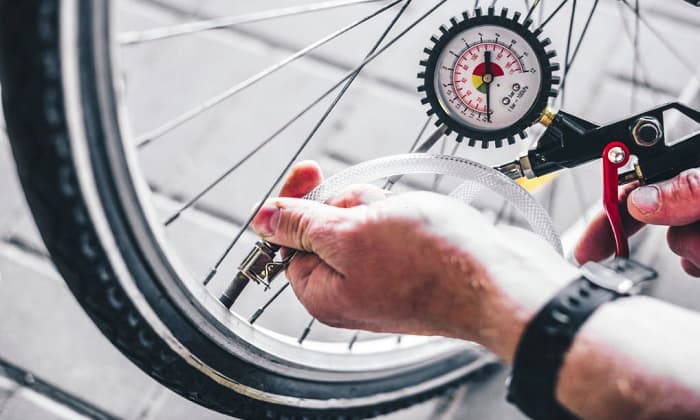The Right Pressure for a Smooth Ride
When it comes to learning how to fill bicycle tires, understanding the importance of proper tire pressure is crucial. A comfortable and efficient ride relies heavily on tires being inflated to the recommended pressure. This optimal pressure provides improved handling, reduced rolling resistance, and increased tire longevity. Underinflated tires can lead to a host of issues, including decreased stability, reduced traction, and increased wear on the tire’s sidewalls and tread. On the other hand, overinflated tires can be just as problematic, causing a harsh ride, reduced grip, and increased risk of punctures. By grasping the significance of proper tire pressure, cyclists can take the first step towards a smoother ride and improved overall performance.
Choosing the Correct Tire Valve
Before learning how to fill bicycle tires, it’s essential to identify the type of tire valve on your bicycle. There are three main types of tire valves: Schrader, Presta, and Dunlop. Schrader valves are the most common type, found on most mountain and hybrid bikes. They have a threaded stem and a valve cap to protect the valve from dirt and moisture. Presta valves, on the other hand, are typically found on road bikes and have a thinner stem with a valve cap. Dunlop valves are less common and have a larger, threaded stem. To identify which type of valve is on your bicycle, simply inspect the valve stem and look for the characteristic features of each type. If you need to convert between valve types, adapters are available to ensure compatibility with your pump or CO2 cartridges. By choosing the correct tire valve, you can ensure a smooth and efficient process when learning how to fill bicycle tires.
Gathering Essential Tools and Equipment
Before learning how to fill bicycle tires, it’s crucial to gather the necessary tools and equipment. A bike pump is the most essential item, as it allows you to inflate your tires to the recommended pressure. There are several types of bike pumps available, including floor pumps, handheld pumps, and CO2 inflators. When choosing a pump, consider the type of valve on your bicycle, as well as the pressure range you need to achieve. A tire pressure gauge is another vital tool, as it allows you to accurately measure the current pressure of your tires. Spare tubes and tire levers are also recommended, in case you need to repair a puncture. Additionally, a patch kit and tire boot can be useful for more extensive repairs. By gathering these essential tools and equipment, you’ll be well-prepared to learn how to fill bicycle tires efficiently and effectively.
How to Check Current Tire Pressure
Before learning how to fill bicycle tires, it’s essential to check the current tire pressure. This step is crucial in determining how much air needs to be added to reach the recommended pressure. To check the current tire pressure, follow these steps: First, make sure the tire is cold, as riding can heat up the tire and affect the reading. Next, remove the valve cap and press the tire pressure gauge onto the valve stem. Take a few readings to ensure accuracy, and record the pressure. Compare this reading to the recommended pressure, which can be found on the sidewall of the tire or in the owner’s manual. If the pressure is too low, it’s time to learn how to fill bicycle tires. Remember to always check the pressure when the tire is cold, as this will give you the most accurate reading.
Filling Tires with a Bike Pump
Now that you’ve checked the current tire pressure, it’s time to learn how to fill bicycle tires using a bike pump. This is a crucial step in ensuring a smooth and efficient ride. To fill your tires, follow these steps: First, attach the pump to the valve stem by screwing it on clockwise. Make sure the pump is securely attached to avoid any air leaks. Next, begin pumping the tire by moving the pump handle up and down. Check the pressure gauge on the pump regularly to ensure you’re reaching the recommended pressure. Once you’ve reached the desired pressure, remove the pump from the valve stem by unscrewing it counterclockwise. Finally, check the tire for any leaks by inflating it to the recommended pressure and then submerging it in water. If you see any bubbles, you may have a leak that needs to be addressed. By following these steps, you’ll be able to fill your bicycle tires with ease and confidence, ensuring a comfortable and efficient ride.
Using CO2 Cartridges for a Quick Fix
While a bike pump is the most common method for filling bicycle tires, CO2 cartridges can be a convenient alternative for a quick fix. CO2 cartridges are especially useful for riders who need to inflate their tires on the go or in emergency situations. To use a CO2 cartridge, first, make sure you have the correct cartridge size for your tire valve. Next, attach the cartridge to the valve stem by screwing it on clockwise. Turn the cartridge clockwise to release the CO2 gas, and then check the pressure gauge to ensure the desired pressure is reached. One of the benefits of using CO2 cartridges is their speed and convenience, as they can inflate a tire in a matter of seconds. However, they can also be more expensive than traditional bike pumps, and may not be as environmentally friendly. Additionally, CO2 cartridges may not be suitable for all types of tires, so be sure to check the manufacturer’s recommendations before use. By understanding how to use CO2 cartridges, you’ll have another option for how to fill bicycle tires quickly and efficiently.
Troubleshooting Common Issues
When learning how to fill bicycle tires, it’s essential to be aware of common issues that may arise during the process. By understanding how to troubleshoot these problems, you’ll be able to overcome obstacles and ensure a smooth ride. One common issue is leaks, which can occur due to damaged valve stems, worn-out tires, or improper inflation. To address leaks, inspect the tire and valve stem for signs of damage, and replace them if necessary. Additionally, make sure to tighten the valve stem securely to prevent air from escaping. Another issue is valve stem problems, which can prevent the pump from attaching properly. To overcome this, try cleaning the valve stem or replacing it if it’s damaged. Over-inflation is also a common problem, which can lead to reduced tire life and increased risk of punctures. To avoid over-inflation, always check the recommended pressure for your tires and use a pressure gauge to ensure accurate readings. By being aware of these common issues and knowing how to troubleshoot them, you’ll be able to fill your bicycle tires with confidence and ensure a safe and enjoyable ride.
Maintenance and Safety Reminders
Now that you’ve learned how to fill bicycle tires, it’s essential to remember some crucial maintenance and safety tips to ensure a safe and enjoyable ride. Regularly checking tire pressure is vital, as it can affect the overall performance and longevity of your tires. Make it a habit to check your tire pressure at least once a week, and before long rides. Additionally, inspect your tires for signs of wear, such as cracks, cuts, or excessive wear on the tread. If you notice any damage, replace your tires immediately to avoid accidents. Proper storage of your bicycle is also crucial, as it can help prevent damage to your tires and other components. Store your bicycle in a dry, cool place, away from direct sunlight, and avoid leaning it against walls or other objects that can cause damage. By following these simple maintenance and safety tips, you’ll be able to enjoy a smooth and safe ride, and extend the life of your tires. Remember, learning how to fill bicycle tires is just the first step – regular maintenance and safety checks are essential to ensure a great cycling experience.








